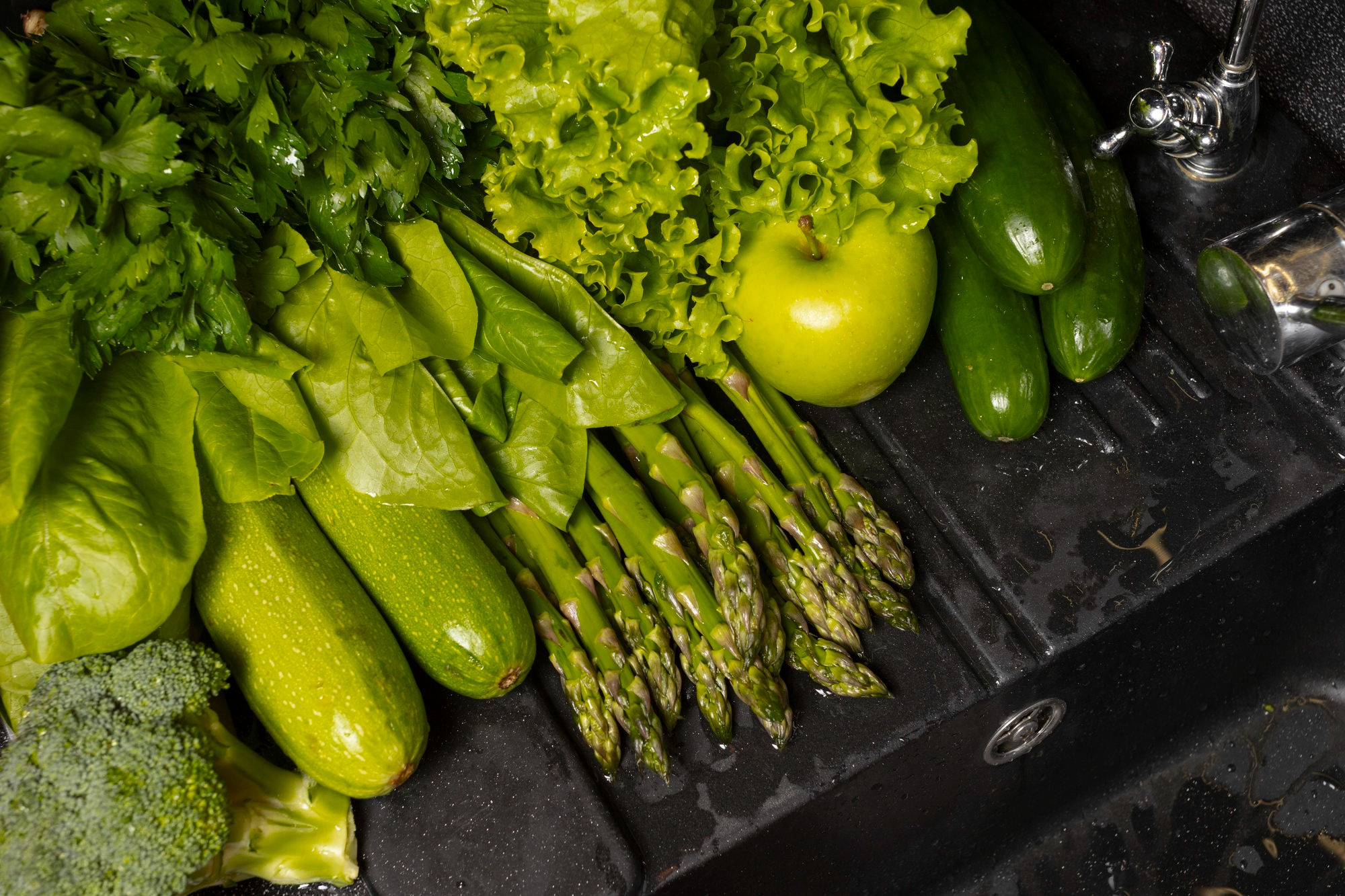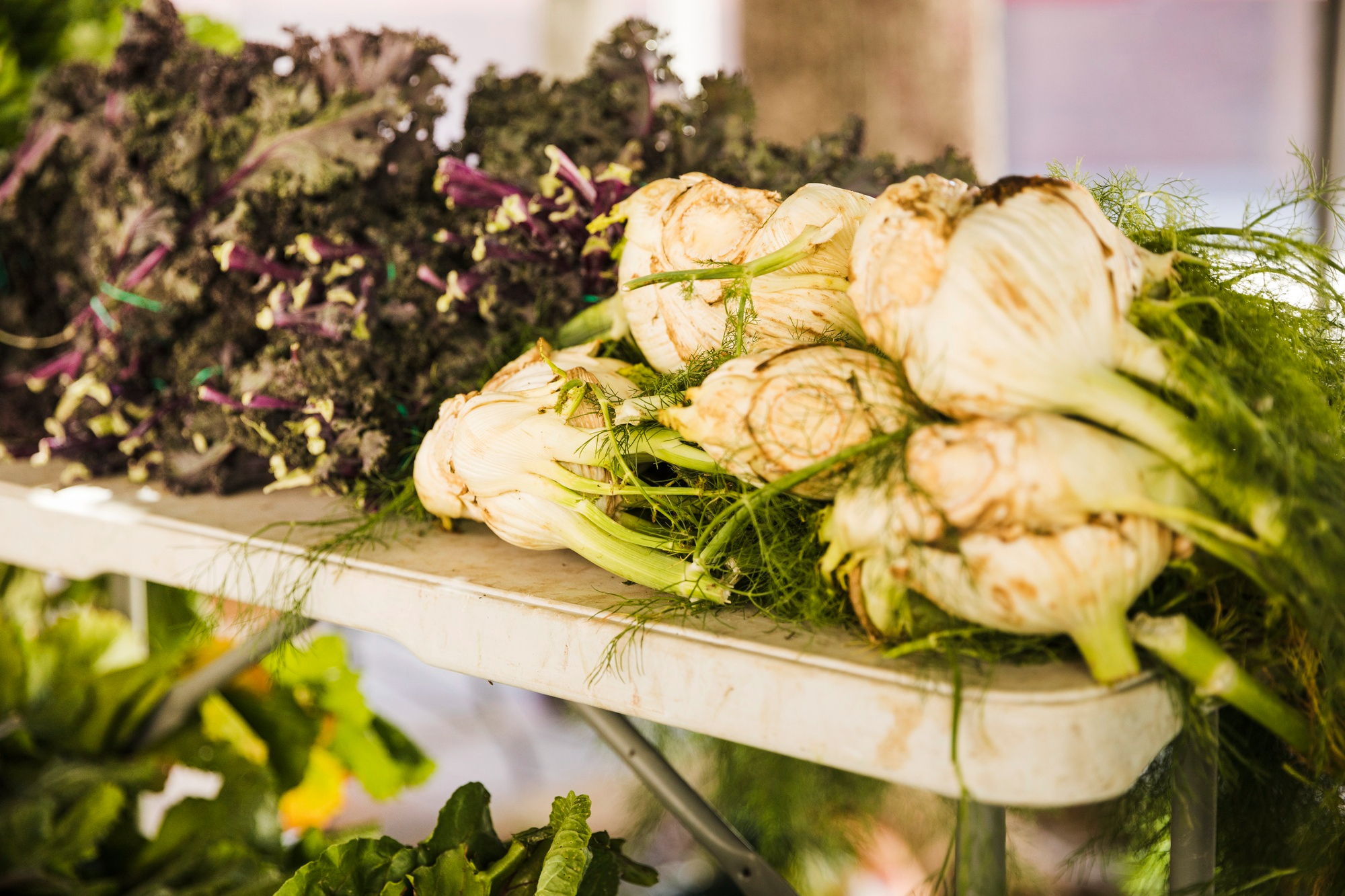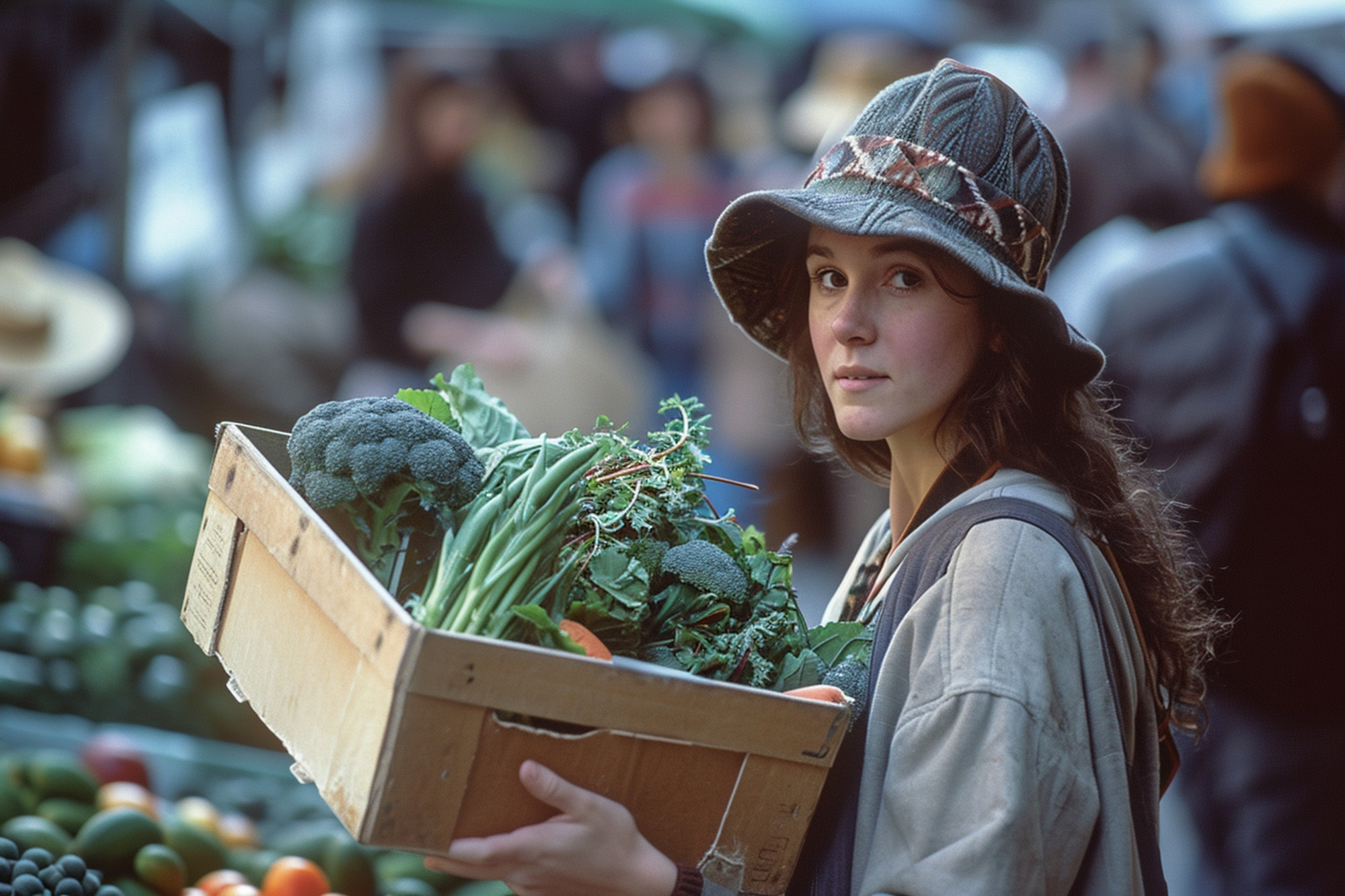Farm to Table Delivery
Delivery
Fresh Food Production

Farm to table is a concept that focuses on bringing fresh, locally grown food directly from the farm to consumers, emphasizing the importance of supporting local agriculture. By bypassing large-scale distribution systems, this model ensures that the food remains fresh, retaining its nutritional value and flavor. Fresh food production under the farm to table approach typically involves organic or sustainable farming methods, reducing the use of chemicals and promoting healthier food choices. Farmers grow produce in small batches, often tailored to seasonal availability, ensuring a diverse array of fruits, vegetables, and grains. the farm to table process also helps build a stronger connection between consumers and farmers, derives a sense of community and transparency in food production.


Environmental Benefits of Farm to Table
A significant next topic in the farm to table movement is the economic and environmental benefits it offers to both local communities and the broader agricultural landscape. This approach not only supports local farmers but also contributes to the long term health of the environment and economy. By purchasing food directly from local producers, consumers help foster a sustainable economic cycle that keeps money within the community, supporting local businesses and creating jobs. It eliminates the need for long distance transportation, cutting down on fuel use, and reducing the carbon footprint associated with food production and delivery. Ultimately, the farm to table movement aligns with broader trends towards food sovereignty and sustainability.


Scaling the Farm to Table Movement
While the farm to table movement offers numerous benefits, there are significant challenges to scaling it across broader regions. One of the primary obstacles is the cost of production and distribution. Small scale, local farming typically involves higher labor costs, limited access to technology, and smaller economies of scale, which can lead to higher prices for consumers. This makes it harder to compete with large scale industrial agriculture, where products are often mass-produced and sold at lower prices. Another challenge is limited infrastructure. In many regions, especially rural areas, there may be insufficient cold storage, transportation networks, and distribution channels to get fresh, locally grown produce to urban markets efficiently. The lack of robust infrastructure increases costs and can result in food spoilage, limiting the viability of farm to table systems on a larger scale. Farm to table farming practices also face challenges related to weather and climate change. Small scale, local farms are often more vulnerable to environmental shifts like droughts, floods, or unpredictable weather patterns, which can significantly impact yields. Without the ability to easily scale up production, these farms may struggle to meet growing demand during difficult years.
- Small scale, local farms often face higher costs due to labor intensive farming methods, limited access to technology, and the lack of economies of scale. This can result in higher prices for consumers, making farm to table products less competitive with conventionally grown produce.
- Many regions, especially rural areas, lack the proper infrastructure needed for efficient distribution of fresh produce. Without adequate cold storage, transportation systems, and local distribution networks, it is difficult to get fresh food to market quickly.
- While demand for sustainable and locally sourced food is growing, it is still largely dependent on regional consumer preferences. In areas where consumers prioritize affordability or convenience, the farm to table movement can struggle.
- Getting fresh food from farm to table quickly is crucial, but the logistics of small-scale farming can create challenges. Limited distribution channels, a lack of centralized hubs for sorting and packaging, and the complexity of short shelf lives make efficient distribution difficult.

Farm to Customers

- Direct Farm to Table Delivery Systems.
- Local Sourcing and Community supported Agriculture.
- Farmers Markets and Direct Consumer Sales.
- Sustainable Packaging for Fresh Produce.
- Building Relationships Between Farmers and Consumers.
- Farming ability and Transparency in Farm to Customer.
- Technology and Innovation in Direct Sales Platforms.
- Heirloom vegetable seed preservation
- Organic root vegetable harves
Farm to customer refers to the direct supply chain where fresh vegetables and fruits are grown, harvested, and delivered straight to consumers. This model reduces the need for intermediaries, ensuring fresher produce and better prices for both farmers and customers or consumers. supporting local economies, and encouraging sustainable agricultural practices.
Distribution
& Farm to Table
- Local hubs can streamline the collection and delivery of farm fresh products.
- Cold storage facilities are essential for preserving the freshness and quality.
- Services offer flexibility in farm products directly to consumers.
- minimize the distance food travels, reducing and ensuring fresher produce.
- Packaging innovations, such as eco friendly materials, help reduce waste.
Consumer Engagement
& Farm to Delivery
- consumers understand of supporting local farmers and sustainable agriculture.
- farmers give followers an inside look at the farming process, it more personal.
- By farmers helps customers use fresh in creative ways, making the farm to table.
- From local farms can share tips on seasonal produce and keeping consumers.
- Seasonal produce and farming practices, keeping consumers informed.
